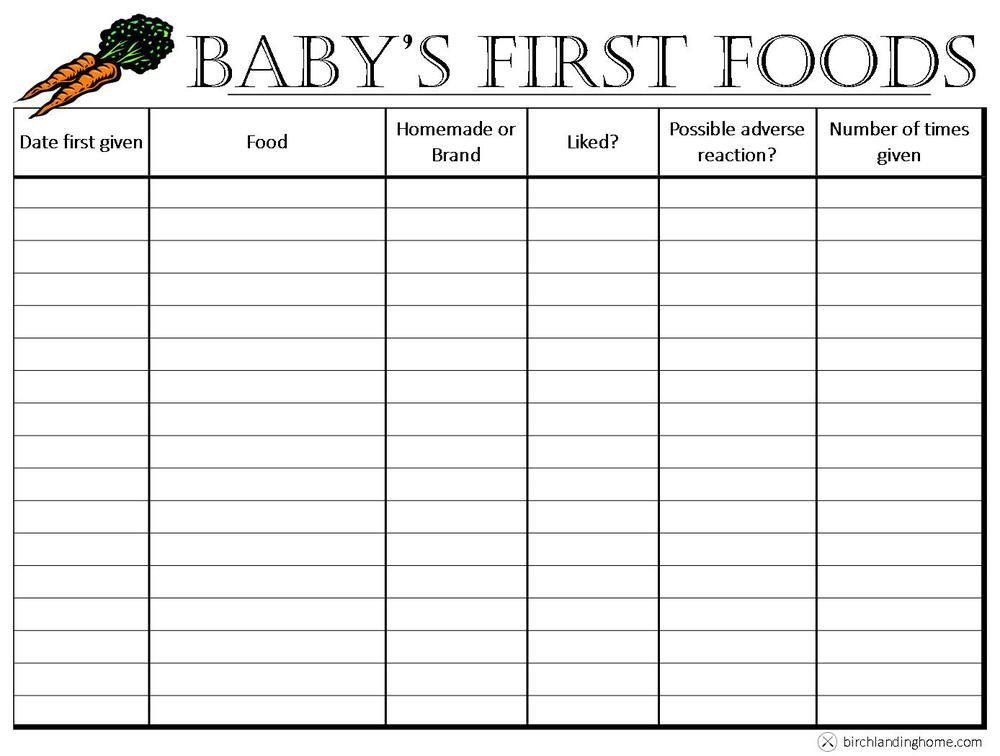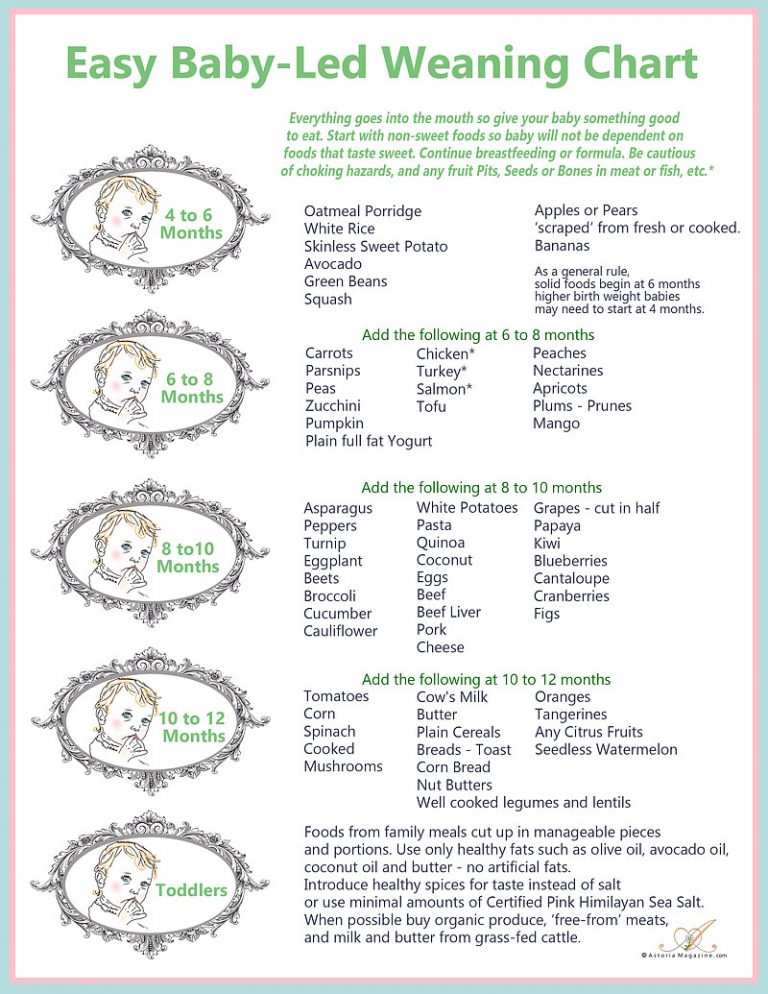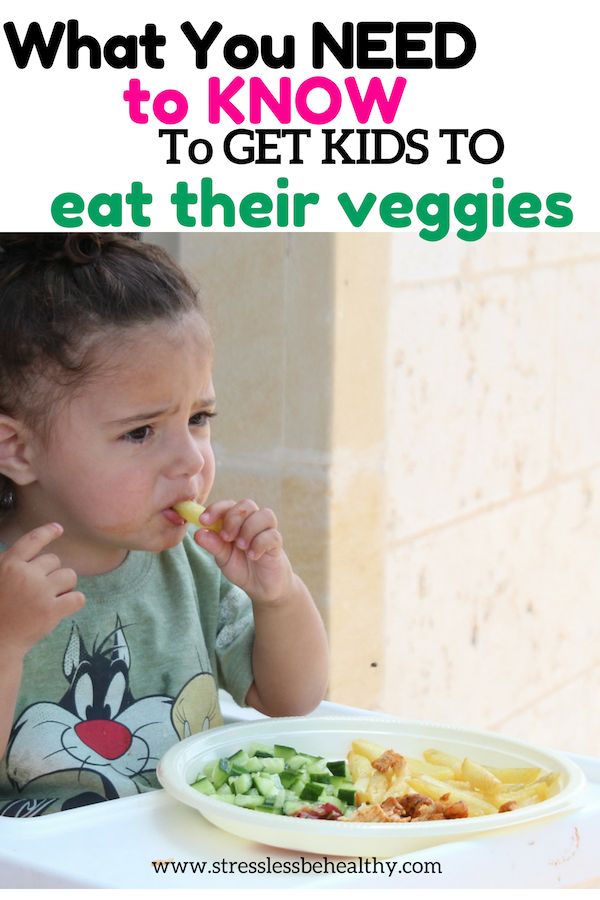Solids food schedule
Sample Schedules for Starting Solids (6 to 12 Months)
Looking for sample schedules for starting solids? Ideas for how to introduce solids on a schedule. Including sample feeding schedule for 6 months old and beyond.
Ready to start solids with your babe? This is an exciting time!
Here’s everything you need to know about introducing solids safely including sample schedules for starting solids from 6 months to 12 months, plus recommended menu items.
Is Baby Ready for Solids?
The most important thing to consider as your baby approaches the 4-6 month mark, is whether they are showing signs of feeding readiness.
This includes things like:
- Baby is 6 months old (there is no benefit to starting solids before 4 months at the earliest)
- They are interested in food they see around them
- Baby is losing their tongue thrust reflex that keeps food out of their mouth
- They are sitting up on their own for at least 60 seconds at a time
If your baby is showing these signs, great! It’s time to start introducing some solids.
Note that baby should continue receiving breast milk and/or formula for at least the first year of life, as you begin the transition to solid foods.
What Are the Benefits of Solids?
Eventually, your baby’s diet will be predominantly solid foods, but it takes some time to get there.
Solid foods expose your baby to a wide variety of textures, shapes, consistencies, and colors. They’re also important for nutrition, providing an array of vitamins, minerals, fiber, protein, fat, and energy.
Eating solids is also important for physical growth and development. As your baby matures, they become prepared to try new foods and get more of their nutrients from solids than breast milk/formula.
Plus, it’s fun to play with and try new foods!
However you decide to introduce solids – using a traditional spoon-feeding/puree approach or a baby-led weaning approach – your baby benefits from the nutrition and exposure.
Recommended Solid Foods for Babies
Below are some nutritious first foods that have worked well for us:
- Tofu
- Avocado
- Oatmeal
- Hummus
- Pancakes
- Soft fruits, like bananas, kiwi, mango
- Soft-cooked vegetables, like zucchini, sweet potato, and broccoli
- Beans, peas, lentils
- Toast, cut into strips
As you design your baby’s menu, these are some great nutrient-dense foods to incorporate that can also be prepared and served in an age-appropriate way.
For a list of foods to avoid when starting solids, see this blog post.
Sample Schedules for Starting Solids
How you choose to design your baby’s solid feeding schedule depends on several things, including what your daily routine looks like.
We recommend beginning with 1 solid food meal per day for 6-month-old babes and increasing to 3 meals per day for 9-month-old babies.
Between these milestones, continue to slowly add new foods and increase how many meals/snacks you’re offering.
By 12 months old, your baby will be eating 3 meals and a few snacks per day of solid foods, using breast milk and/or milk/milk alternatives (e.g., fortified unsweetened soy or pea milk) as needed.
Keep in mind that it can take 10-15 times of offering a food before a baby even tries it, or decides whether they like it. If your baby doesn’t seem to be interested in a certain food, keep offering.
Below are a few example feeding schedules for offering solids to babes at least 6 months old.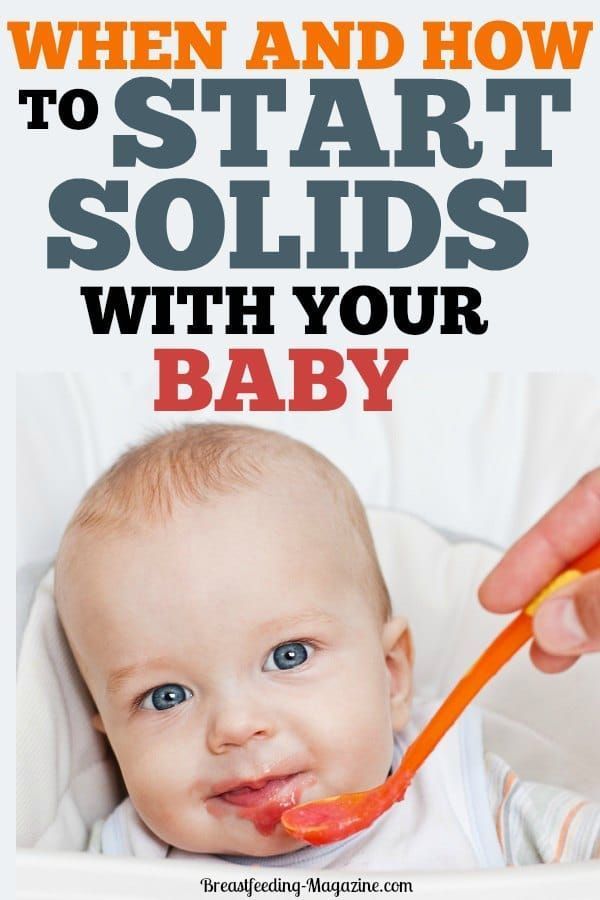
Feeding Schedule for 6 Months
- 7am: Breastfeed/bottle feed
- 8am: Breakfast – Iron-fortified baby oat cereal, peeled sliced peaches, avocado strips
- 11am: Breastfeed/bottle feed
- 2pm: Breastfeed/bottle feed
- 5pm: Breastfeed/bottle feed
- 7pm: Breastfeed/bottle feed
Note that you may continue to breastfeed/bottle feed babies this age during the night if they are still waking up.
Feeding Schedule for 9 Months
- 7am: Breastfeed/bottle feed
- 8am: Breakfast – Pancake strips, chopped raspberries and bananes
- 11am: Breastfeed/bottle feed
- 12pm: Lunch – Penne pasta with tomato sauce, green peas, melon slices with skin and seed removed
- 3pm: Breastfeed/bottle feed
- 5pm: Breastfeed/bottle feed
- 6pm: Dinner – Smashed black beans, tofu strips drizzled with thinned nut butter, sliced orange sections with outer membranes and pith removed
- 7pm: Breastfeed/bottle feed
Feeding Schedule for 12 Months
- 7am: Breast milk or milk/milk alternative
- 8am: Breakfast – Toast strips with mashed avocado, half of a banana (remove 2 inches of the skin, leaving the rest of the peel for easy handling)
- 10am: Mid-morning snack – chopped watermelon, diced grapes, hummus
- 12pm: Lunch – Quinoa-based veggie burger patty, steamed cauliflower and beet strips
- 3pm: Afternoon snack + breast milk or milk/milk alternative
- 6pm: Dinner – Lightly fried tempeh strips, kidney beans, roasted sweet potato cubes, steamed cucumber
- 7pm: Breast milk or milk/milk alternative
We hope these sample schedules for starting solids are helpful when your baby is ready for first foods. When you introduce solids on a schedule, this can help alleviate some of the stress of feeding while nourishing your baby well. Have fun with it!
When you introduce solids on a schedule, this can help alleviate some of the stress of feeding while nourishing your baby well. Have fun with it!
Chime In: If you’ve already done solids with your babe, what has your schedule looked like? Any other tips for new parents?
If you found this post helpful, we suggest you read these too:
- Spoon Feeding vs. Baby-Led Weaning
- Do Babies Really Need 11mg of Iron a Day?
- Plant-Based Baby-Led Weaning Grocery List
- How to Wean Baby to Plant-Based Milk
6-month-old feeding schedule: Timetable
A baby’s 6-month birthday marks an important transition as many infants are ready to start trying solids at this point.
While breast milk or formula should still form the core of a 6-month-old’s diet, some caregivers find that a child’s feeding schedule shifts as they begin eating purees and other solids.
Share on PinterestWhen a baby reaches 6 months of age, purees and other solid foods can usually become part of their diet.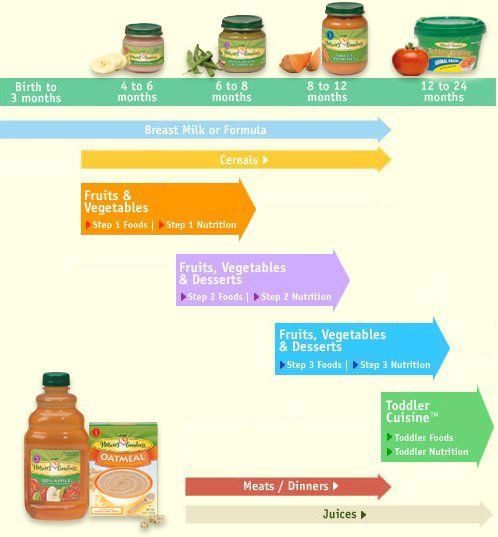
Babies typically need to eat every 2–3 hours, five to six times during the day.
It is normal for a baby’s schedule to change from day to day, or for babies to eat different amounts of food each day.
Caregivers can follow a baby’s cues, even if they have established a schedule already. A parent or caregiver does not need to deny food to a baby just because it has already eaten.
Introducing solids
The American Academy of Pediatrics (AAP) advise that parents exclusively breastfeed infants for about 6 months if possible. By the time a baby hits their half birthday, they may be ready to try solids.
A baby may be ready for solids at 6 months if:
- they have good head control
- they can hold their head up for extended periods
- they can sit up with no or very little assistance
- they no longer have the tongue thrust reflect to push food out of the mouth with the tongue
- they show interest at mealtime and lean toward food if a caregiver offers it
At this age, breast milk or formula is still a baby’s most important form of nutrition and solids are an addition.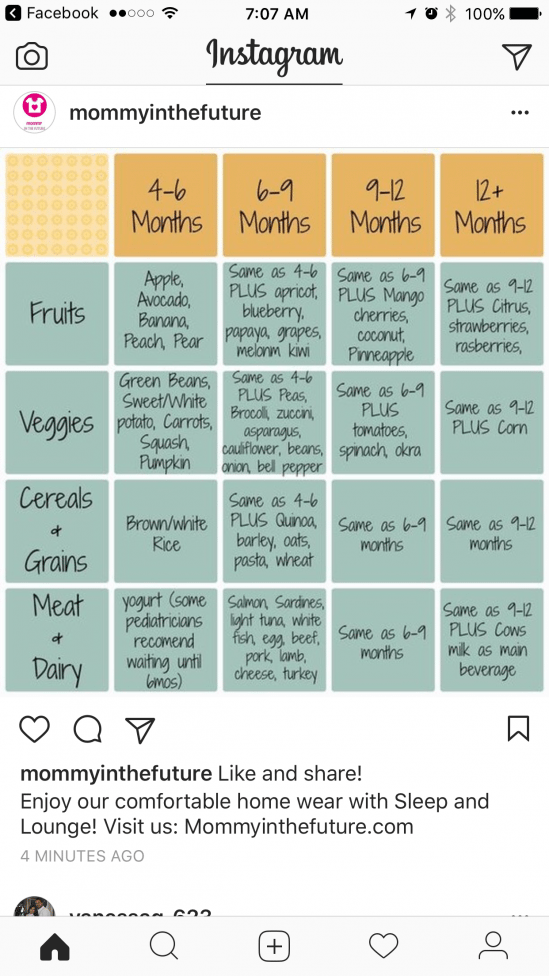
Not all 6-month-olds are ready for solids. If a baby shows no interest, a caregiver can wait a few weeks and try again.
Giving a baby 1–2 tablespoons of iron fortified cereal or fruit or vegetable purees per feeding can be a good place to start.
Gradually increasing this as the baby’s interest and appetite increase can follow.
To ensure a baby eats sufficient food, the adult can breastfeed or give a bottle before offering solids.
Caregivers can give solid food as a supplement each time they nurse the baby or give a bottle. Or, they can include the baby in family meals by giving solids at mealtime.
At 6 months of age, when an infant may begin to want solids, a caregiver can offer these just once per day.
Choosing a time of day when the caregiver is relaxed and not pressed for time, and the baby is not overly hungry, fussy, or tired often works best.
Once a baby is enjoying their once-a-day solids, the frequency can increase to two and then three times a day.
There is no “right” schedule, but caregivers should plan to increase the number of solids babies get gradually.
At 6 months, the goal is not to introduce new foods and eating habits. Similarly, there is no need to force a baby to eat solids or restrict new food if a baby indicates they want more.
Regardless of their size and eating habits, babies need access to an expanding variety of solid foods.
Most babies will need to try new foods several times before they feel comfortable eating them. It is fine to let a child eat at their own pace, in the way that feels right to them.
It is acceptable at this age for a baby to play with their food since this is a way of exploring new things.
Breast milk and formula
Breast milk or formula remains the most important food at 6 months of age. The easiest way to ensure a baby eats enough is to nurse or formula feed them on demand when they show signs of hunger.
Research supports the value of feeding on demand.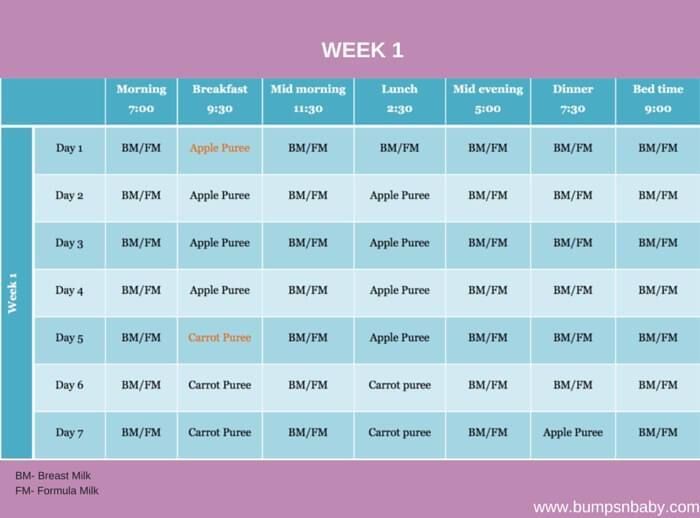
A longitudinal study of 10,419 children found better academic achievement and a four-point Intelligent Quotient (IQ) advantage at 8 years old among children whose caregivers fed them on demand.
However, the caregivers of these children got less sleep and had lower overall well-being.
These results may point to adults finding a happy medium, such as steadily shaping the baby’s preferred schedule into one that works for them.
In general, caregivers should plan to breastfeed babies 3 to 5 times per day, and sometimes more. However, babies vary greatly and every 3–4 hours is common, which can amount to up to eight times in 24 hours.
Some babies prefer cluster feedings, during which they nurse several times in a short period. Growing or sick babies may also nurse more frequently.
If a baby has formula, giving 24–32 ounces of iron fortified formula spread over five or six feeds per day is typical. While some babies sleep through the night at 6 months, others will still wake or want to feed.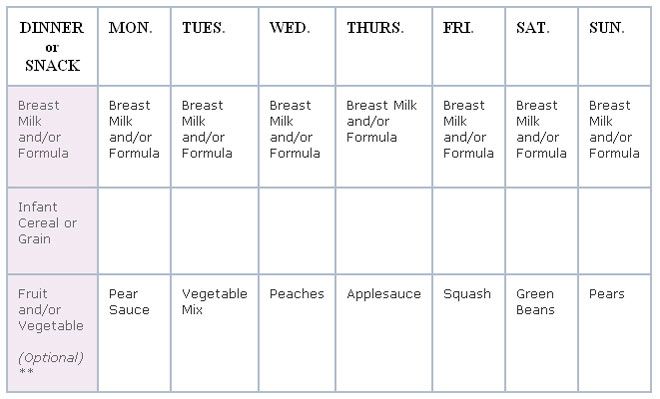
A nighttime “dream feed” around the time caregivers retire for the evening may help babies sleep longer.
Other liquids
Babies do not need juice at 6 months. The extra calories can decrease a baby’s appetite, and the sugar may damage a child’s developing teeth. Soda and other drinks are not healthful for babies.
Babies can have water beginning at 6 months, or when caregivers introduce solids, whichever is later. Introducing a cup of water along with solid meals may be helpful.
Around 6 months old, some babies begin transitioning from three or four daily naps to two. The baby might take a midmorning nap and a midafternoon nap. At this age, most babies need 12–15 hours of sleep per day, and naps usually last 1–3 hours.
Caregivers are best finding a schedule that works for them and the child. Some children are used to falling asleep by nursing or with a bottle. Others happily doze off on their own.
A caregiver can follow the baby’s cues and work to adapt their needs to the family’s schedule slowly.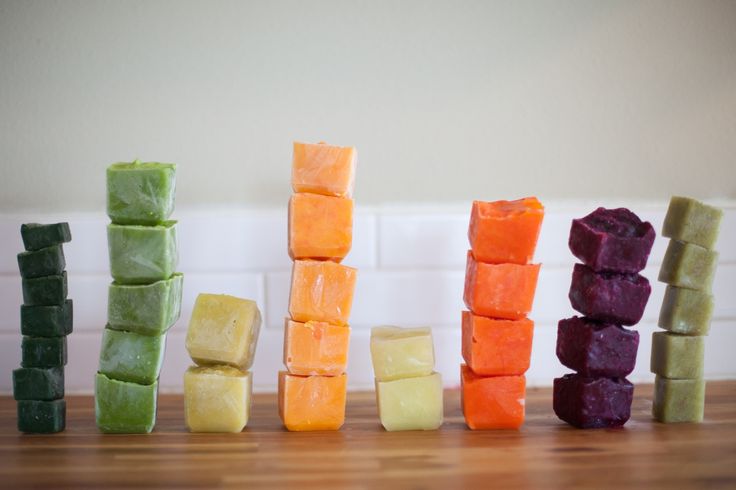
These feeding tips may help:
- Babies may be hungrier after waking from a long nap. This can be a good time to try solids after offering formula or breast milk to ease their initial hunger.
- There is no evidence that adding cereal to a bottle helps babies sleep longer. Doing so can increase their risk of choking.
- Babies must never have food without close supervision. nor have solids, even very thin purees, in bed.
Deciding what, when, and how to feed a baby can be challenging, especially during the transition to solids. As long as babies get regular breast milk or formula, caregivers do not need to rush the transition to solids or worry that babies are not eating enough.
Some babies take longer than others to embrace solids, while some will eagerly eat anything. The right schedule is one that works for the baby and family. This schedule may change over time which is also fine.
Solid food: practical advice on administration
Submitted by Mironova Irina on Wed, 12/29/2021 - 04:56 PM
Feeding Timing: Tips for Introducing Solid Foods
When introducing solid foods to a baby's diet, schedules and menus can be quite flexible.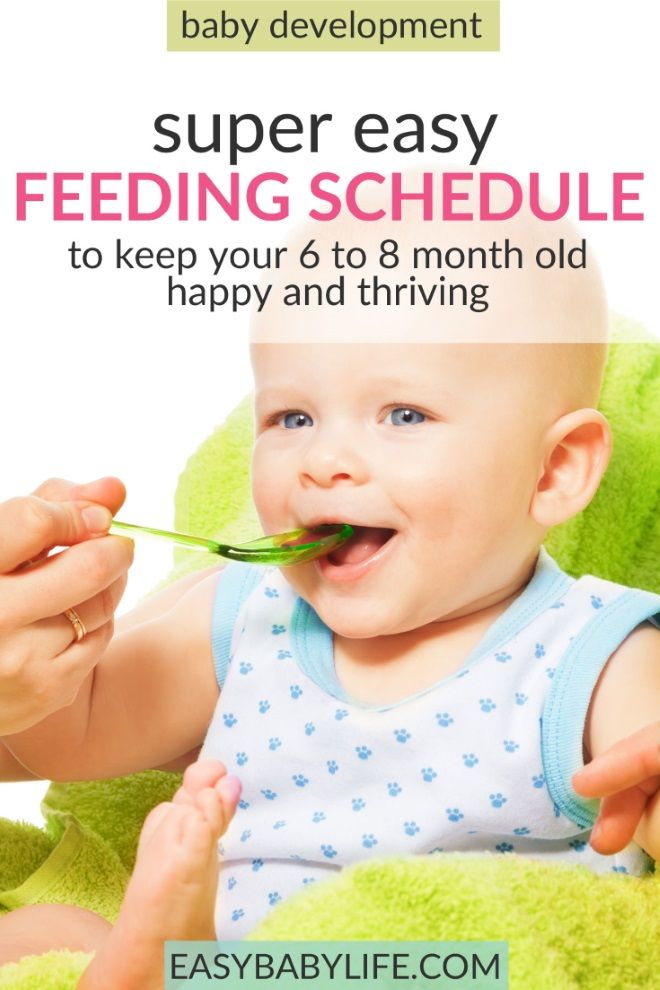 Here are some tips to help you:
Here are some tips to help you:
- Choose a time of day when you and your child are calm, relaxed and not in a hurry.
- Wash hands, spoons, bowls and plates before eating or preparing food; sterilization is not necessary.
- Sit your baby in a high chair or safe place and spoon feed.
- Give your baby a spoon to try on his own. A method may work when both you and the child have a spoon.
- Give your baby soft food to try on his own.
When is the best time to start introducing solid foods? When you notice signs of readiness in a child. As a rule, this happens at the age of about six months, but not before four months.
Tips for getting your baby interested in solid foods
By the time your baby is 12 months old, they should be eating the same healthy foods as the rest of the family. Here are some ideas for getting your toddler interested in new foods after he has started eating solid foods:
- Offer foods that your child is interested in, that is, those that he is reaching for or looking at.

- Talk to your baby about the food he eats: say what it is, what color it is, how it tastes, where it grows and how you cooked it.
- Invite your child to taste what is on your plate to introduce him to the taste of home cooking. This is a good time to think about what you eat and enjoy healthy food as a family.
- When your baby starts to eat more solid food, if possible, feed him at a time when others are also at the table. Children tend to be more interested in food when other family members are also eating.
- Should be guided by the level of interest and appetite of the child. Your baby's appetite changes from day to day - this is normal.
- If your child refuses a new food, simply offer it the next day. Sometimes babies and children older need to try new food more than 10 times before they accept it.
It is normal for a child to make faces when trying new foods.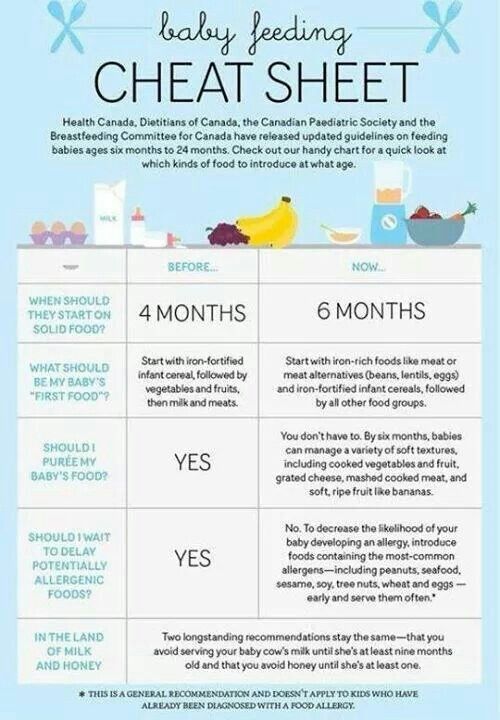 When a child makes faces, this does not mean that he does not like the food offered.
When a child makes faces, this does not mean that he does not like the food offered.
Games and mess during meals: how to deal with them
It is natural that the child eats very slowly and creates some confusion. This is because eating is a skill that toddlers need to learn. They also learn how to bring food to their mouths. In addition, by touching new food and playing with it, children learn about the world around them.
Here are a few ideas to help you make the best use of mealtime and deal with messy eating:
- Encourage your child to "explore" food with their hands. This forms skills in other areas of development, in particular fine motor skills and thinking.
- Try to remain calm and patient with the mess your baby has made. So he will get pleasure from food.
- Make cleaning easier by placing newspaper or polyethylene under the high chair and have a washcloth handy when your baby is eating.
Starting solid food is much more than just eating.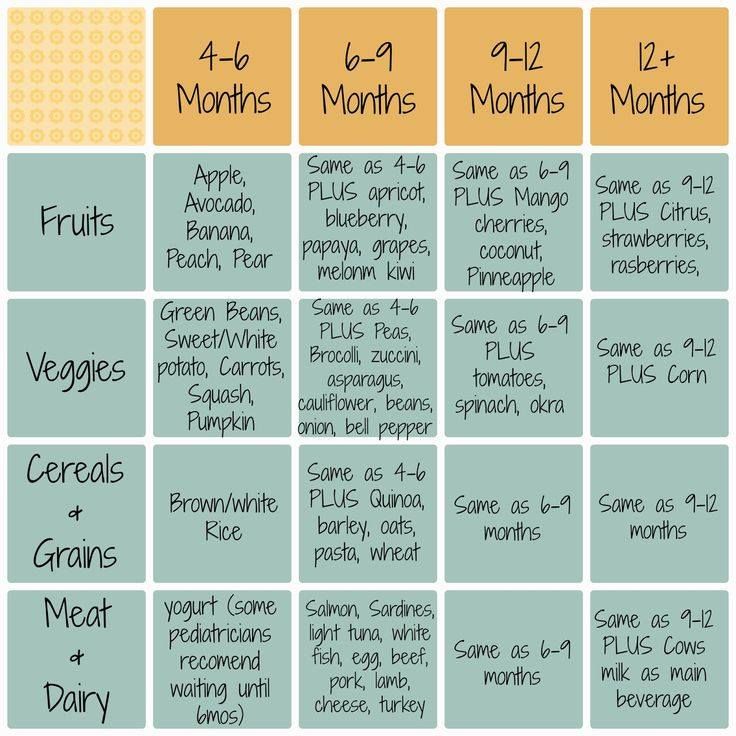 Once a child has started eating solid food, table time turns into family gatherings where you can talk, listen and interact with each other.
Once a child has started eating solid food, table time turns into family gatherings where you can talk, listen and interact with each other.
Australian Article
On
Cover Image
Image
Kids%20Cooking_0.JPG
Category
Power
Child Age
5-6 months
7–9 months
Child Gender
Parent Gender
Generic Content
9000 OFF 9000 OFF 9000 OFF 9000 OFF 9000 OFF 9000 OFFPremature Content
Off
Mandatory Content
Off
Solid food: practical advice on its introduction
Submitted by useradmin on Thu, 08/12/2021 - 21:23
Feeding Timing: Tips for Introducing Solid Foods
When you start introducing solid foods into your baby's diet, the schedule and menu can be quite flexible. Here are some tips to help you get started with solid foods:
- Choose a time of day when you and your baby are calm, relaxed, and not in a hurry.
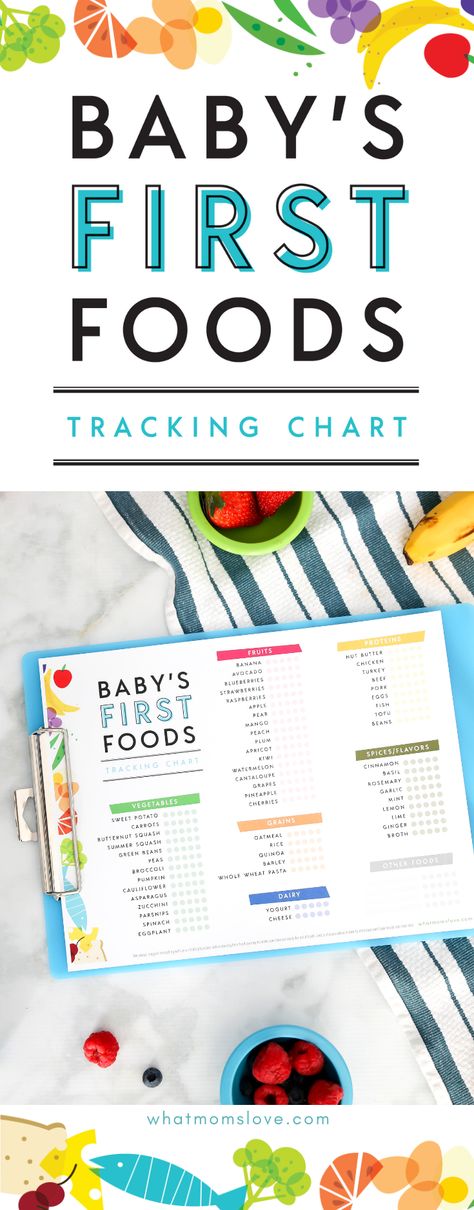
- Wash hands, spoons, bowls and plates before eating or preparing food, but nothing needs to be sterilized.
- Place your baby in a high chair or safe place and feed with a spoon.
- Give your child a spoon to try on his own. Sometimes the method works when both you and the child have a spoon.
- Give your child soft food to try on his own.
When is the best time to start introducing solid foods? When your child shows signs of readiness. As a rule, this happens at the age of about six months, but not before four months.
Tips for getting your baby interested in solid foods
By the time your baby is 12 months old, he or she should be eating the same healthy foods as the rest of the family. Here are some ideas on how to get your child interested in new foods after he has started eating solid foods:
- Offer foods that interest the child, that is, those that he is reaching for or looking at.
- Talk to your baby about the food he eats: say what it is, what color it is, how it tastes, where it grows and how you cooked it.
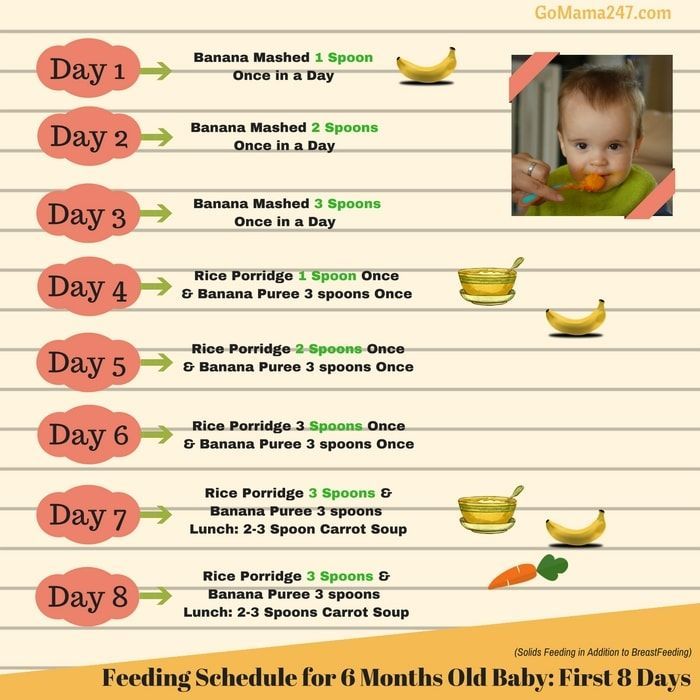
- Invite your child to taste what you eat to introduce him to the taste of home cooking. This is a good time to think about what you eat and enjoy healthy food as a family.
- When your child starts eating more solid foods, if possible, feed him when others are also around the table. Children tend to be more interested in food when the rest of the family is also eating.
- Target your child's level of interest and appetite. Your baby's appetite changes from day to day - this is normal.
- If your child refuses a new food, simply offer it the next day. Sometimes toddlers and older children need to try a new food more than 10 times before they accept it.
It's normal for kids to try new foods and make faces. If a child makes faces, this does not mean that he does not like food.
Dealing with play and mess while eating
It is normal for your child to eat very slowly and create some mess. This is because eating is a skill that toddlers need to learn.